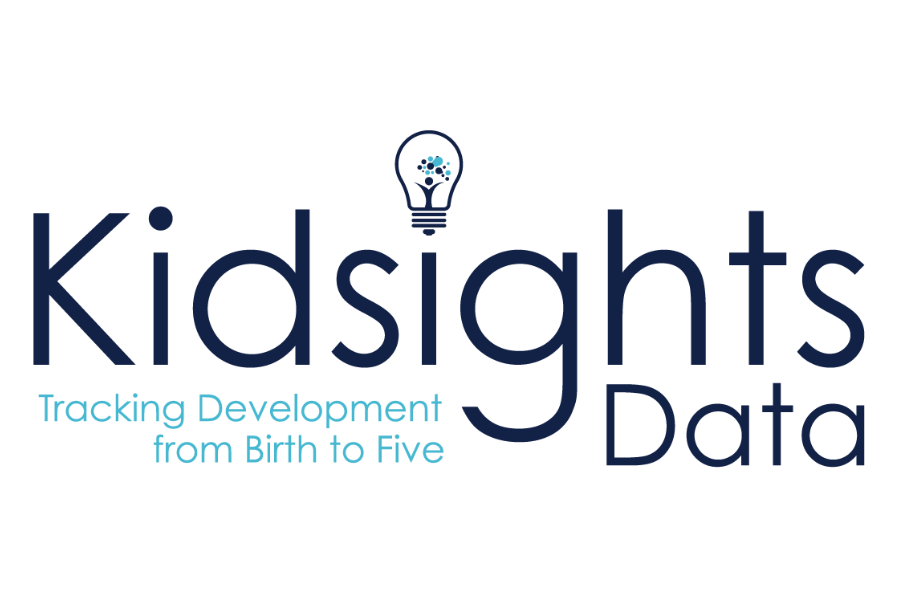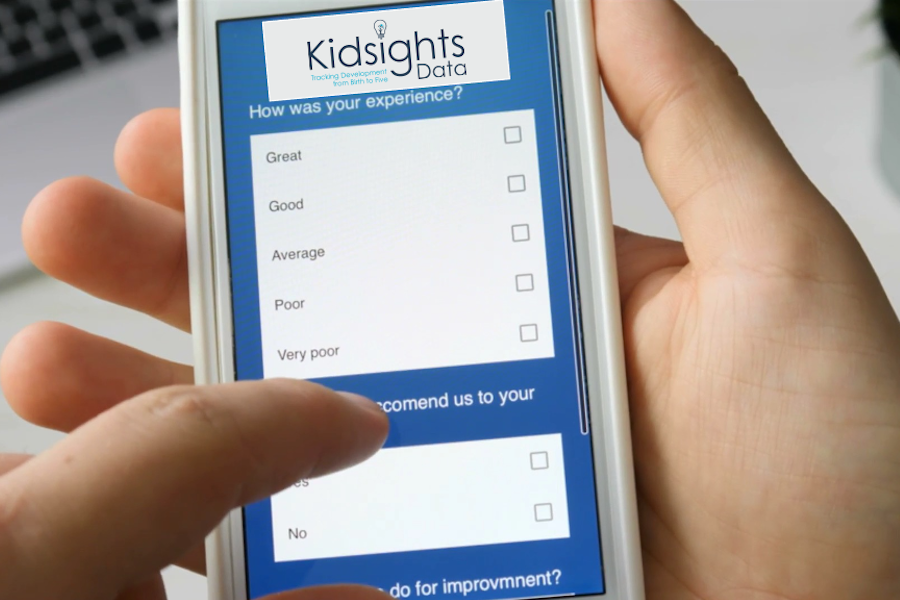
Kidsights Data
Kidsights Data establishes new insights on infants and young children from birth to age 5 to encourage data-driven decision making.
We believe that data can help improve the lives of young children. Kidsights Data offers insight into an area not previously explored – tracking population level development data from birth to age five in communities, cities, and states in the United States. The World Health Organizations coordinates a global initiative, the Global Scales for Early Development, to gather population-data on child development for children birth to three years.
A team at the University of Nebraska Medical Center worked to support this effort and conducted the testing of the new GSED measure in the United States. We then worked with the items for preschool children from the National Survey of Children’s Health National Outcomes Measure to make a new scale, for children birth to age 5 years. There was additional support from funders and stakeholders to explore the possibility of linking the GSED to existing measures to create a birth to five scale. The team UNMC expanded the collaboration to include the Health Resources and Services Administration’s Maternal and Child Health Bureau and Child Trends to test the possibility of linking the GSED with the National Outcome Measure of Healthy and Ready to Learn, a measure of school readiness for children from 3 to 5 years of age. The birth to five scale, now Kidsights Data, was tested and validated in Nebraska from 2020 to 2022. We appreciate the contributions from these partnerships to create a scale that provides important data on the development of children from birth to five in the United States.
Kidsights Data
Kidsights Data is an initiative to build demand for the adoption and use of a population-based early childhood measurement tool for children from birth to age 5. Kidsights Data developed the Kidsights Measurement Tool to collect data on child development that can track development in children from birth to age 5 in the United States, offering for the first time a view into how American children are developing in the crucial early childhood years.

Kidsights Measurement Tool
The Kidsights Measurement Tool is a parent-report measure, usually completed in an online survey, to measure typical early development at the population level within the United States. The data from the Kidsights Measurement Tool is a new and valuable resource for understanding how infants and children are developing in a defined geographic area. Kidsights results can be used to report on overall development for groups of children when measured in the context of factors associated with disparities, such as family income, education, geography and other family characteristics. Once these insights are available, decision makers in programming, public health, philanthropy, legislators and others will have access to a previously unknown set of data that can help guide decision making.

Recent News

Study: Kids Suffer as Nearly Half of U.S. Families Struggle to Meet Basic Needs
EdSurge: As families face difficulty affording housing, food or health care, young children experience ripple effects, including emotional distress and developmental delays, according to new national research.

Kidsights Data releases tool, report on childhood development
UNMC: Kidsights Data initiative to generate population-level data on the development of children from birth to 5, has completed a pilot in Nebraska.

New report highlights how kids are developing
WJAG News Talk: A new report has been developed and released to provide data and help ensure families have everything they need to raise their kids in urban and rural settings.